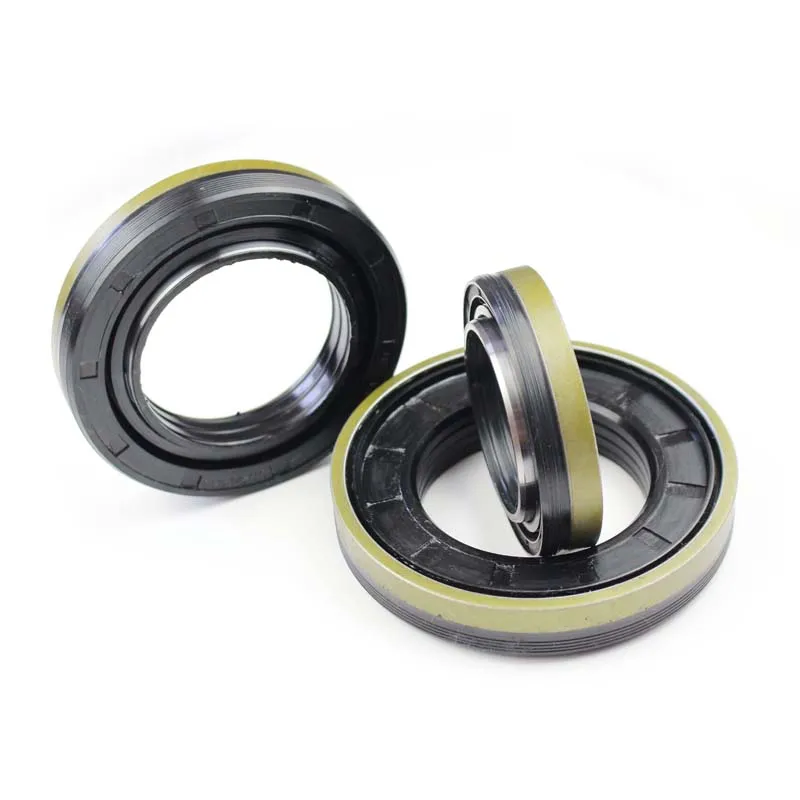Understanding the Functionality and Benefits of Axial Face Seals in Machinery
Axial Face Seal An Essential Component in Mechanical Engineering
In the realm of mechanical engineering, seals play an indispensable role in ensuring the efficient operation of machinery and equipment. Among the various sealing technologies, the axial face seal is considered one of the most effective solutions for preventing fluid leakage and protecting sensitive components. This article delves into the design, function, applications, advantages, and considerations surrounding axial face seals.
What is an Axial Face Seal?
An axial face seal, also known as a face-type seal or mechanical seal, is a device that separates two fluid reservoirs while permitting relative motion between components. It operates primarily in rotary applications, employing a flat sealing surface that is pressed together by a spring or other forces. The axial face seal is designed to seal against both liquids and gases, making it versatile for numerous industrial applications.
Design and Function
The design of an axial face seal comprises two primary components the stationary face and the rotating face. The stationary face is mounted on a housing or casing, while the rotating face is attached to a shaft. When the shaft rotates, these two surfaces maintain close contact, creating a tight seal that prevents leakage. The effectiveness of an axial face seal lies in the precision of the sealing surfaces, the material used for construction, and the management of the lubricating film between them.
The sealing mechanism is primarily influenced by several factors, including the surface finish, flatness of the sealing faces, and the material properties of the seal components. Materials used for axial face seals are typically chosen based on the operating conditions, including temperature, pressure, and the chemical nature of the fluids involved.
Applications of Axial Face Seals
Axial face seals are employed in a wide array of industries, including
1. Automotive In vehicles, axial face seals are commonly found in transmissions, pumps, and engines, where they help to mitigate oil and coolant leaks.
2. Aerospace Seals are critical in aerospace applications, ensuring the integrity of fuel systems and ancillary machinery subjected to extreme conditions.
4. Industrial Equipment Machinery such as compressors, turbines, and windmills utilize axial face seals to maintain operational efficiency.
axial face seal

5. Marine Applications In ships and submarines, these seals are vital to prevent water ingress into sensitive operational areas.
Advantages of Axial Face Seals
1. Leak Prevention The primary advantage of axial face seals is their ability to prevent leakage of fluids, thus reducing maintenance requirements and operational costs.
2. Versatility They can be used with various media, including aggressive chemicals, making them suitable for diverse applications.
3. High Performance Axial face seals can operate under high pressures and temperatures, which makes them ideal for industrial settings that demand high reliability.
4. Low Friction Compared to other types of seals, axial face seals typically exhibit lower friction, enhancing the efficiency and lifespan of rotating equipment.
5. Customizability These seals can be tailored to specific applications, allowing for optimizations in material selection and design parameters.
Considerations When Using Axial Face Seals
Despite their numerous advantages, specific considerations should be acknowledged when employing axial face seals. These include the need for precise installation to achieve optimal performance, the importance of monitoring wear and tear over time, and the potential for environmental factors—such as contamination—that can compromise seal integrity.
Additionally, while high-quality axial face seals offer considerable durability, they must be regularly maintained and replaced depending on the operational conditions. Understanding the operating environment and adhering to best practices in maintenance will directly impact the efficiency and longevity of these seals.
Conclusion
Axial face seals are critical components that facilitate the reliable operation of various mechanical systems across multiple industries. Understanding their design, functionality, and applications allows engineers and technicians to make informed decisions regarding their implementation and maintenance. As technology advances, it is likely that axial face seals will continue to evolve, offering even more efficient sealing solutions for modern engineering challenges.
-
Understanding Automotive Oil Seals: Essential Components for Engine and Shaft Protection
News Jul.30,2025
-
The Importance of Heavy Duty Seals in Industrial and Residential Applications
News Jul.30,2025
-
Exploring Industrial Oil Seals: From Felt Oil Seals to TTO and CFW Solutions
News Jul.30,2025
-
Essential Guide to Oil Seals: From Radial to Metal-Cased Seals for Industrial Reliability
News Jul.30,2025
-
Choosing the Right Oil Seals and Gaskets for Industrial and Automotive Applications
News Jul.30,2025
-
Cassette Seals: Durable Sealing Solutions for Harsh Environments
News Jul.30,2025
-
Understanding the Front Main Engine Seal: Purpose, Maintenance, and Installation
News Jul.29,2025
Products categories















